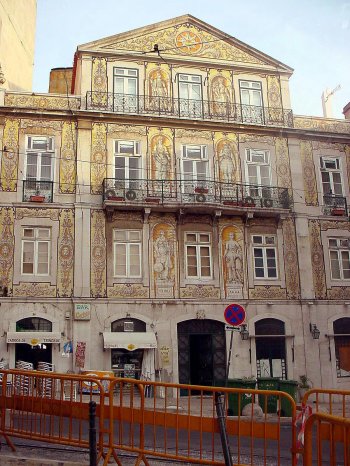Explore the best places
Monuments in Lisboa
Antigas Caves de Abel Pereira da Fonseca
- heritage
Praça David Leandro da Silva
1900, Lisboa
Building with an imposing façade where, presently, works a mini market and a small tavern.
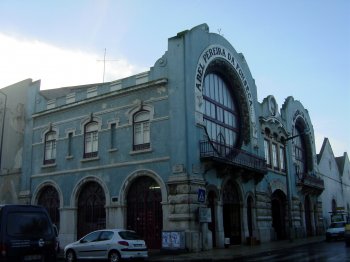
Antiga Escola Médico-Cirúrgica / Faculdade de Ciências Médicas
- heritage
Campo dos Mártires da Pátria, 130
1150-225, Lisboa
The construction of the medical school began in 1899 but the classes only started in 1911. This is a huge monument with classical exterior architectonical lines and an interior decoration that combines painting, sculpture and glazed tiles with architecture.
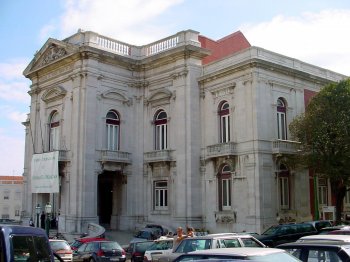
Antigo Convento de Telheiras / Convento de Nossa Senhora das Portas do Céu / Convento de São Francisco de Telheiras
- heritage
Estrada de Telheiras, 111-113
1600-236, Lisboa
Former Franciscan convent consisting of a church and a convent. The latter consists of three floors ripped by straight Dick Windows, while the Church presents a longitudinal plan consists of a nave and a narrower chancel. Features of Mannerist, Baroque architecture and Pombaline.

Estação do Rossio
- heritage
Rua 1º de Dezembro, 125
1249-970, Lisboa
This building, planed by the architect José Luís Monteiro, it presents a façade with two horseshoe moor arches. Between these arches is the Dom Sebastião statue. The building is covered in limy ashlar masonry.
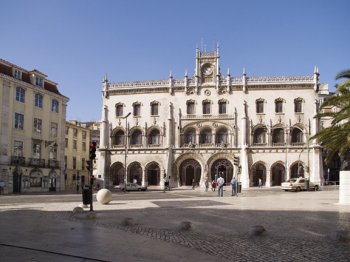
Casa da Quinta do Pisani / Quinta do Mineiro
- heritage
Rua Direita, 1-5
1600-435, Lisboa
Neoclassical revival House, built in a recreational farm completely surrounded by a wall. The building features a simple rectangular plan, with facades flanked by apilastrados corners. Abroad, has several annexes and a garden, where you see a tank surrounded by tile-lined banks pombalinos.

Casa no Largo de São Sebastião
- heritage
Largo de São Sebastião, 12-14
1600-762, Lisboa
Dwelling house of simple rectangular plant, with two floors divided by monumental frieze. It was built in the 19th century, becoming the residence of Cesário Verde. Currently, there is a plaque commemorating this fact.
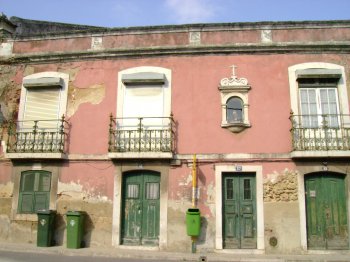
Casa com Registo Azulejar
- heritage
Rua Esquerda, 47-49
1600-446, Lisboa
House of simple rectangular plan with two floors, torn by rectilinear spans, where highlights a registration of figurative façade tile with shell motifs, floral and vegetal elements. Both the House as the record 20TH century tile.
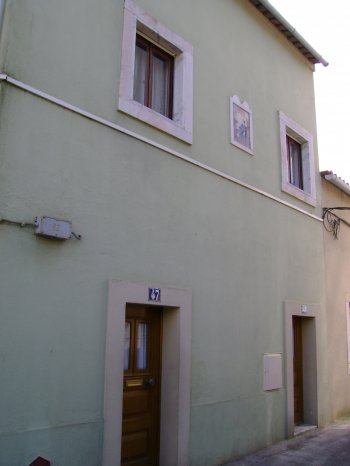
Casa da Quinta dos Azulejos / Colégio Manuel Bernardes
- heritage
Largo Padre Augusto Gomes Pinheiro
1600-549, Lisboa
In this farm the use of the glazed tiles is explored untill exsaustion: they cover walls, fountains, series of arches, benches and colonnades. You may say that the garden has more glazed tiles than plants. The polychromic paintings that decorate the churches and the garden benches and the paintings with religious motifs and campestrian scenes are remarkable.
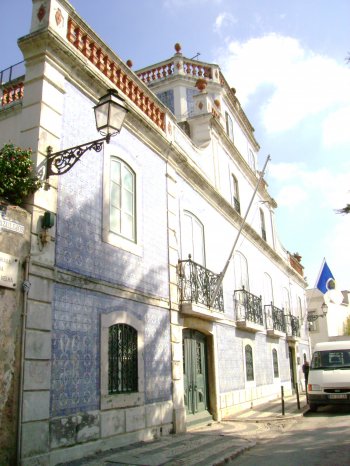
Casa Nobre de Lázaro Leitão Aranha
- heritage
Rua da Junqueira, 190-198
1300-346, Lisboa
It is an exemplar of the XVIII century manorial architecture, a work of Carlos Mardel. It is a three floors building: the ground floor is destined to a service area and a kitchen, the first floor was the noble floor, and the second floor the attic. In the atrium there is a huge marble staircase and, at the wall, twelve glazed tiles figures allusive to the twelve months of the year. The library, in two floors, has a wood application painted in white and gold. The chapel is covered with beautiful figurative glazed tiles allusive to the Christ’s Passion.
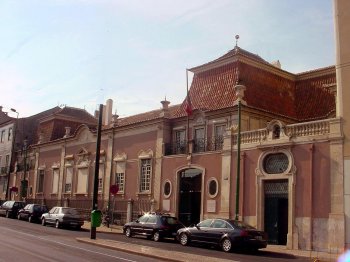
Casa do Ferreira das Tabuletas
- heritage
Rua da Trindade, 32
1200-468, Lisboa
Built in 1865, this building has four floors and an attic. The façade is, with exception of the ground floor, totally covered with figurative glazed tiles, conceived by the painter Luis Ferreira, known as the “Ferreira das Tabuletas".
